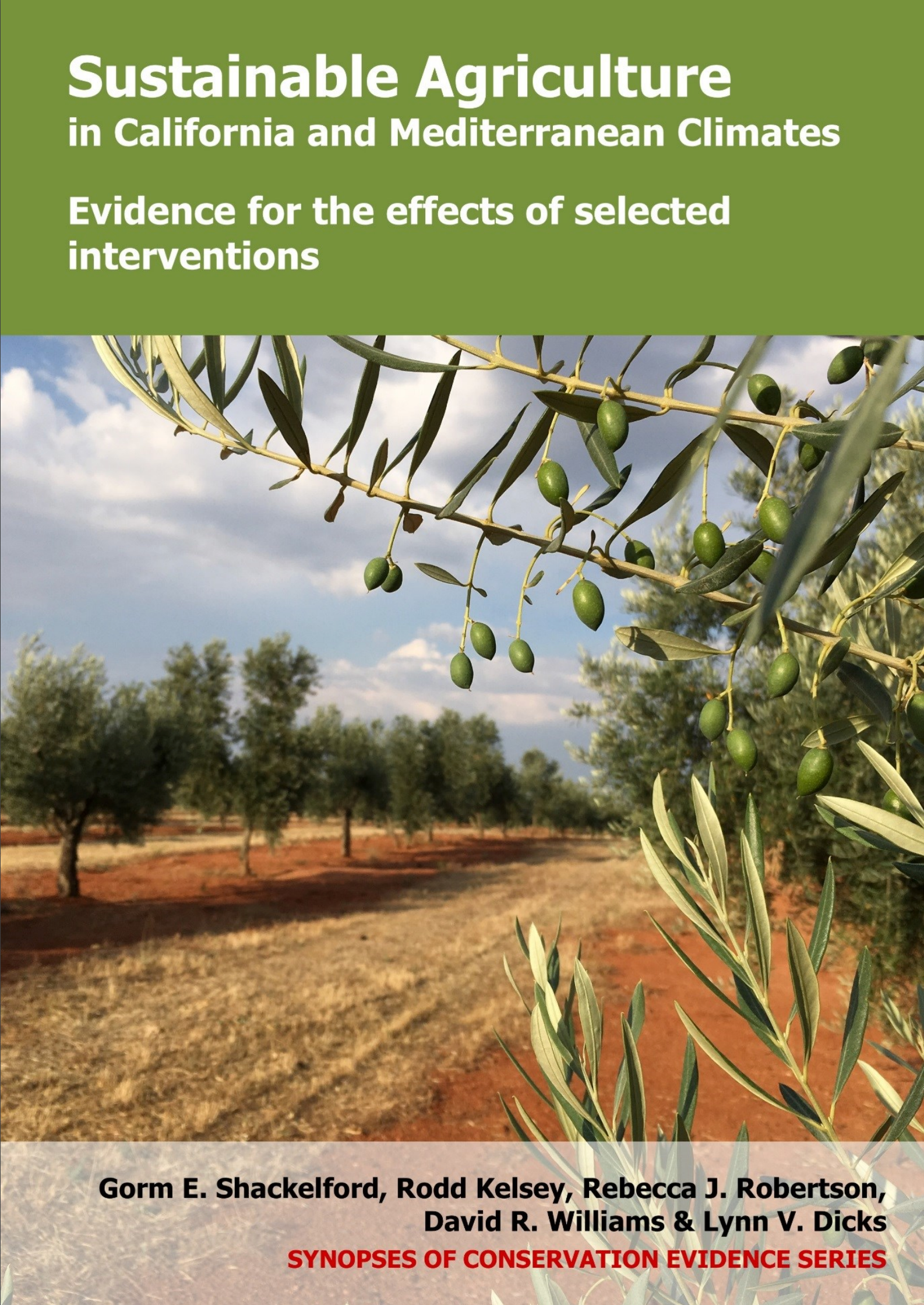Water: Add sewage sludge to the soil
-
Overall effectiveness category Unknown effectiveness (limited evidence)
-
Number of studies: 3
View assessment score
Hide assessment score
How is the evidence assessed?
-
Effectiveness
19% -
Certainty
20% -
Harms
35%
Study locations
Supporting evidence from individual studies
A replicated, controlled study in 1997–1998 in irrigated fallow land in California, USA, found similar moisture content in plots with or without added sewage sludge. Water availability: Similar moisture content was found in plots with or without added sewage sludge (117 vs 108 g/kg). Methods: Plots (2 x 2 m) had sewage sludge (25 Mg/ha) or no added fertilizer (five plots each). Sewage sludge was added in April 1987, February 1988, and October 1988 and was immediately incorporated into the soil (15 cm depth). Plots were irrigated weekly (100 mm/day). Five soil samples (25–100 mm depth) were taken from each plot.
Study and other actions testedA replicated, controlled study (years not reported) on a slope in Murcia, Spain, found that less water was lost from plots with added sewage sludge, compared to plots without it. Water availability: Less water was lost as runoff from plots with added sewage sludge, compared to plots without it, after rainfall events (eight initial events: 2.1 vs 6.0 litres water/m2; later events: 5.7 vs 12.6). Methods: Sewage sludge was added to three treatment plots, but not three control plots (10 x 3 m plots, 15% slope). Runoff water was collected from the lower edge of each plot, after each rainfall event. Enough sewage sludge was added to the soil to increase its organic carbon content by 2%. The soil was rotovated (20 cm depth), to incorporate the sewage sludge.
Study and other actions testedA replicated, randomized, controlled study in 2006–2008 in a cereal field in the Castelo Branco region, Portugal, found that more nitrate was leached from soils with added sewage sludge, compared to soils without it. Nutrients: More nitrate was leached from soils with added sewage sludge, compared to soils without it, in one of four comparisons (145 vs 49 kg NO3-N/ha). Implementation options: With a split application of sewage sludge (some in spring, some in autumn), more nitrate was leached from soils with added sewage sludge, compared to soils without it, in 2006/2007 (145 vs 49 kg NO3-N/ha). However, with a single application in the spring, there was not a significant difference between soils with or without added sewage sludge (2006/2007: 101 vs 49 kg NO3-N/ha; 2007/2008: 26 vs 23 kg). Methods: Water in the soil was collected in porous ceramic suction cup samplers (four/plot; 0.6–0.7 m depth; 50 kPa for 24 hours), whenever drainage occurred (October–November and April–May; 16 samples in total). There were three plots (5.6 x 8 m) for each of two treatments (single application or split application of sewage sludge) and there were two control plots (no sewage sludge). Maize was grown in spring–summer, and oats were grown in autumn–winter.
Study and other actions tested
Where has this evidence come from?
List of journals searched by synopsis
All the journals searched for all synopses
This Action forms part of the Action Synopsis:
Mediterranean Farmland
Mediterranean Farmland - Published 2017
Mediterranean Farmland synopsis





)_2023.JPG)














